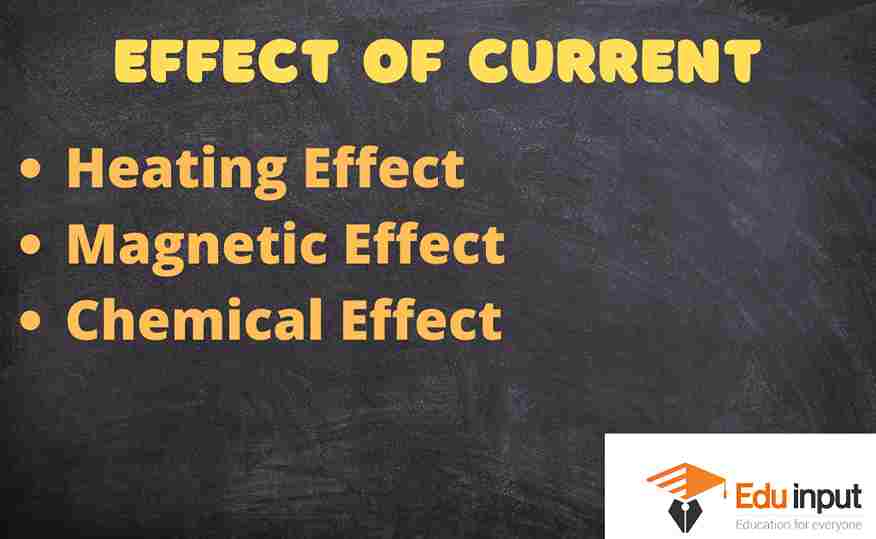What is Electrical Reactance?-Definition, Inductive and Capacitive Reactance
Electrical Reactance is a measure of an electric circuit element’s opposition to the flow of electric current. It is similar to electric resistance, but it differs in several respects. Higher reactance leads to smaller currents for the same applied voltage. Reactance is caused by a circuit element’s inductance and capacitance.
What is Electrical Reactance?
In electrical circuits, reactance is the opposition presented to alternating current by inductance or capacitance. The difference between reactance and resistance is that reactance does not lead to the dissipation of electrical energy as heat.
When energy is temporarily stored in the reactance, a quarter-cycle later returns to the circuit, whereas a resistance continuously loses energy. It is possible to compute the phase and amplitude changes of the AC going through a circuit element using reactance.
Similar to resistance, reactance is measured in ohms, with positive values indicating reactance and negative values indicating reactance. When frequencies increase, the reactance increases and decreases.
Inductive Reactance
The inductive reactance can be defined as the result of the inductor. It is also referred to as XL.

It is possible to temporarily store electrical energy in the form of a magnetic field with the help of inductive elements. The magnetic field created around the circuit is caused by an alternating current passing through it.
A change in the magnetic field is caused by the current. There is an electric current in the same circuit when there is a change in the magnetic field. The direction of this current is opposite to the main current, according to the Lenz law. The change of current through the element is opposed by the reaction of inductive reactance.
Capacitive Reactance
The reactance produced due to the capacitor is called capacitive reactance.
There is an opposition of voltages across the element. The electrical energy can be temporarily stored in the form of an electric field with the help of the capacitive elements. The phase difference between the current and voltage is caused by the capacitive reactance. The current is what leads the voltage for the circuit. The ideal capacitive circuit has a current that leads to a voltage that’s 90. The power factor of the system or circuit is leading because of reactance.
The Electrical Reactance of Transmission Line
The reactance of an electrical power system’s transmission line is best understood by examining its inductive and capacitive properties. The transmission line can be thought of as an LC circuit, which is made up of inductance and capacitance. The reactance of the transmission line results in a phase difference between the voltage and current, which causes power loss in the form of reactive power.
Electrical Reactance And Resistance
Similar to resistance, larger reactance leads to smaller currents for the same applied voltage. A circuit made entirely of elements with only reactance and no resistance can be treated the same way as a circuit made entirely of resistances. It is possible to combine elements with reactance with elements with resistance but complex numbers are typically needed.







Leave a Reply